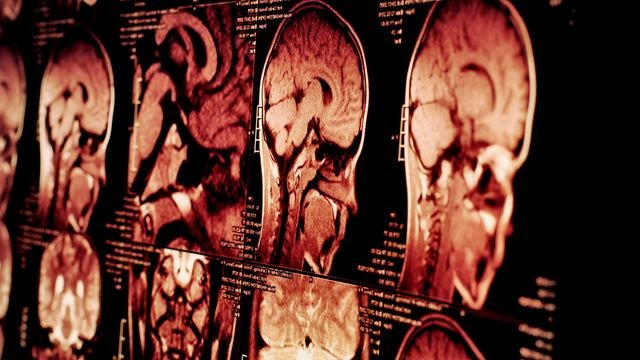A recent study from the Netherlands Institute for Neuroscience, in collaboration with Vrije Universiteit Amsterdam, analyzed brain scans from over 40,000 individuals to investigate the connections among insomnia, depression, and anxiety. The research highlights both shared and distinct brain features among these prevalent mental health disorders.
The findings revealed that insomnia, depression, and anxiety exhibit overlapping brain characteristics, particularly within structural changes. Specifically, participants with these disorders showed a reduced surface area in the cerebral cortex, smaller thalamic volumes, and weaker connectivity between various brain regions. These commonalities suggest that a shared neural circuit may contribute to the frequent comorbidity of these conditions.
The cerebral cortex plays a vital role in sensory perception, motor control, and higher cognitive functions, while the thalamus is responsible for relaying sensory and motor signals to the cortex. This study indicates that alterations in these areas could impact multiple mental health conditions simultaneously.
While there are overlapping features, the researchers also identified unique abnormalities associated with the severity of each disorder. For insomnia, severity correlated with smaller volumes in brain regions involved in reward processing. In depression, a thinner cerebral cortex in areas related to language and emotion was noted. Anxiety severity was linked to weaker amygdala reactivity and impaired connectivity in regions critical for neurotransmitter communication.
Despite these unique issues, the researchers found that the affected brain regions are interconnected, forming part of the amygdala-hippocampus-medial prefrontal cortex circuit. This suggests that while different areas are involved, they contribute to a single neural network vulnerable to all three disorders.
Dr. Elleke Tissink, a researcher involved in the study, emphasized the importance of recognizing the interconnectedness of these conditions. ‘The regions seem separate from each other, but when you map them out together, they all turn out to be part of the same circuit. Each area represents different pieces of vulnerability within the same puzzle.’
The implications of this research are noteworthy, particularly in understanding why treating insomnia can alleviate symptoms of depression in some patients. The shared neural mechanisms indicate that improving one disorder may have a beneficial impact on another. Tissink expressed hope that these findings will lead to new research opportunities and improved treatment strategies for insomnia, depression, and anxiety.
This study stands out as the first large-scale analysis to simultaneously examine these three disorders, which often occur together in individuals at various stages of their lives. The findings could inform more effective, integrated treatment approaches, enhancing the quality of care for those affected by these mental health issues.



